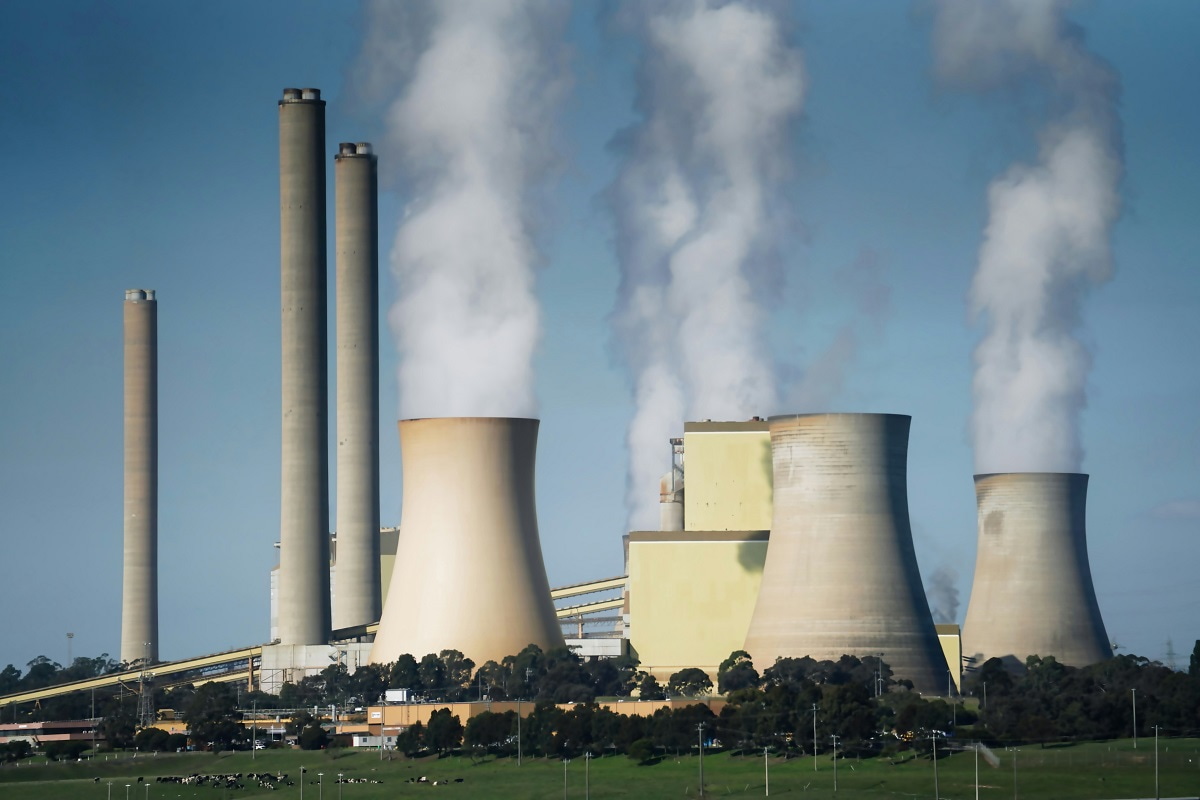The role of gas in Australia’s energy transition is fraught. Domestically, the tension is between purist greens and renewable realists. But another key issue lies overseas: 80 per cent of Australia’s liquefied natural gas (LNG) is exported, with tension between Australia’s obligations to maintaining global energy supplies and its responsibility for the carbon emitted by these exports.
This tension surfaced with a surprisingly frank speech to members of Australia’s federal parliament in March last year by Takayuki Ueda, head of the Japanese investor in the Ichthys LNG project based in Darwin.
Ueda said Australia’s “quiet quitting” of the LNG business would likely result in the “sinister consequence” of Russia, China and Iran filling the supply void, threatening the “rules-based international order”. He also criticised “ideologues” who opposed blue hydrogen (made from fossil fuels), as well as Australia’s failure to subsidise carbon capture and storage (CCS), contrasting its inaction with the substantial subsidies in the US Inflation Reduction Act.
Japan was once on the forefront of climate transition, hosting the 1997 Kyoto Protocol.
While the Greens pushed back, the government response was to reassure Ueda that his long-term supplies were safe. Three months later, the Future Gas Strategy was passed, making it clear that Australia was ready to supply gas up to and beyond 2050. Ueda acknowledged the response.
More concretely, the huge Barossa and Scarborough LNG projects are clearly going ahead, with Japanese participation.
But what of the impact of all this gas, far into the future, on the global climate? Who has responsibility for this?
Japan was once on the forefront of climate transition, hosting the 1997 Kyoto Protocol. Japan (like Australia) has committed to net zero by 2050, with a challenging intermediate target for 2030 – a 46 per cent reduction on 2013 levels. But there are many who doubt that Japan is on track to achieve either target.
Of course, the same can be (and is) said about Australia. But for Australia, the path to substantial progress towards zero is clear, with current progress visible, because it is based on existing proven technology – solar/wind and batteries, supplemented by pumped hydro and gas for the relatively rare times when it will be needed. Australia leads the world in rooftop solar, and South Australia has shown what can be done with the wind/solar plus battery combination.
Coal generation is clearly on the way out, with the remaining generators already old and none more planned. Even if the targets are not fully achieved, substantial progress is assured, based on renewables with batteries.

On the other hand, Japan’s early promise was thrown into disarray by the 2011 Fukushima disaster. Under the current plan for 2050, Japan relies on expanded nuclear, but this has little public support. Half the existing reactors are still shut and there is no consensus on the way forward. Coal and gas took up the slack after Fukushima, and the plan retains a key role for fossil fuels, made acceptably green by CCS. Japan has gone on building coal-fired generation and has resisted committing to phasing out coal. Renewables are slated to supply more than half of all electricity. There are high hopes for hydrogen, ammonia, and fuel cells.
This plan is very contingent on substantial technological advance, especially with CCS. There is little capacity for CCS in Japan itself, so CO2 would have to be exported, adding to expense. The planned heavy dependence on renewables will be a challenge in a country with unhelpful topography: steep forested mountains and deep coastal waters. Any shortfalls are likely to be taken up, as in 2011, by fossil fuels.
Critics see the promise of CCS as an excuse for inaction: powerful vested interests support continued use of fossil fuels, with minimal adaptation of existing facilities.
Australia now requires new gas developments to be carbon neutral, in the sense that the carbon emitted during extraction and processing must be offset, with CCS the favoured answer. CCS installed so far has operated well below planned capacity at the world’s largest site, Barrow Island in Western Australia. This is a technology of promise rather than performance.
Clarifying the way forward would give insights into Australia’s energy production mix in 2050.
Internationally endorsed Scope 3 requirements – which pertain to indirect emissions – are placing increasing obligations on the producers/exporters of carbon, but the obligation to offset this carbon should rest largely with the users of the energy. Is Australia going to accept responsibility for Japan’s failure to achieve its climate transition goals?
Perhaps the first step forward is to explain to the Japanese authorities (and to Ueda and his fellow energy executives) that Australia will face increasing international opprobrium over its massive fossil fuel exports, and that domestic political pressure will demand far more credible offset plans. Australia has already taken measures at the supply end. It is now up to Japan to make a more convincing response, either through shifting to other energy sources or demonstrating that CCS will give gas a credible future.
This discussion should cover more than gas, and go beyond Japan. Australian coal is, in fact, a larger energy export to Japan than Australian gas. While Japan is Australia’s largest LNG market (38%), China (29%), Korea (14%) and Taiwan (11%) together take nearly 90 per cent of Australia’s LNG exports. Japan’s own demand for LNG is falling and its excess over-contracted imports are being re-exported to elsewhere in Asia.
Clarifying the way forward would give insights into Australia’s energy production mix in 2050. With coal gone, how much gas will remain? Can the historical fossil fuel relationships between Japan and Australia segue into a zero-carbon partnership, with Japan importing green steel from Australia?
So far, the energy debate has focused on domestic challenges. As a major supplier of global energy, Australia’s external challenges will be just as formidable.

